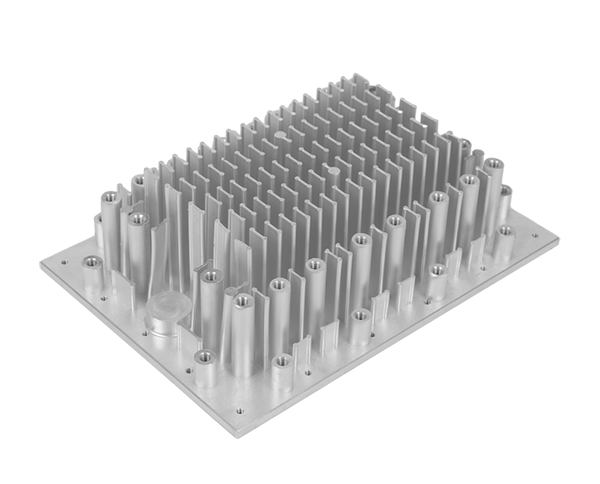2025-07-15 hits:0 source:News

Low gas content die casting processes have emerged as a critical area of research, aiming to address one of the most significant challenges in die casting: the presence of porosity caused by trapped gases, which undermines the mechanical properties and structural integrity of cast components. Gases such as hydrogen, air, and carbon monoxide can become entrapped during the melting, pouring, or solidification stages, leading to defects like pinholes, blowholes, and reduced fatigue resistance—particularly problematic in high-performance applications like automotive and aerospace components.
Recent research focuses on optimizing key process parameters to minimize gas entrapment. One approach is vacuum-assisted die casting, where a vacuum is applied to the die cavity before and during molten metal injection, reducing the pressure and allowing gases to escape. Studies show that vacuum levels below 50 mbar can reduce gas content by up to 80% compared to conventional die casting, significantly improving the tensile strength and elongation of aluminum alloy castings. This technique is especially effective for complex geometries with thin walls, where gas entrapment is more likely.
Another area of investigation is melt treatment, including degassing processes such as rotary degassing with inert gases (e.g., argon or nitrogen). This method involves bubbling inert gas through the molten metal, which absorbs hydrogen and carries it to the surface. Research indicates that combining rotary degassing with flux treatments can reduce hydrogen levels to below 0.15 cm³/100g, a threshold critical for preventing porosity in heat-treatable alloys like 6061.
Solidification control is also vital. By adjusting cooling rates and mold temperatures, researchers can promote directional solidification, allowing gases to escape before the metal solidifies. Computer simulations using computational fluid dynamics (CFD) are increasingly used to model gas flow during solidification, enabling the design of optimized gating systems that minimize turbulence and gas entrapment.
The development of real-time gas monitoring systems, such as in-line hydrogen sensors, further enhances process control, allowing operators to adjust parameters dynamically. These advancements in low gas content die casting processes are enabling the production of high-integrity components that meet the stringent requirements of safety-critical applications, expanding the use of die casting in industries where reliability is paramount.
Read recommendations:
aluminium extrusion profile 40 series
aluminium profiles builders warehouse
The aluminum alloy die-casting factory will share some knowledge about salt spray testing with you,
lf you have any questions or comments, you can leave us a message and we will reply to you as soon as possible
